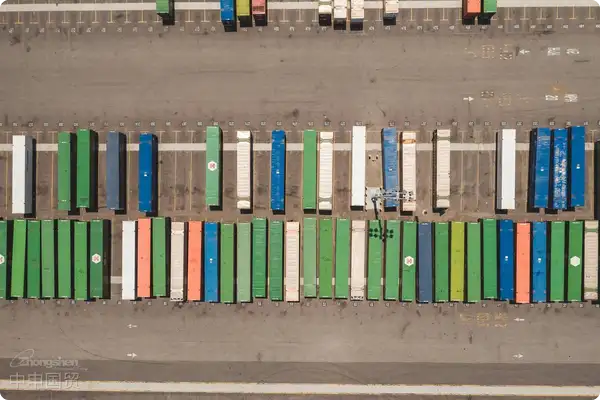- Shanghai Zhongshen International Trade Co., Ltd. - Two decades of trade agency expertise.
- Service Hotline: 139 1787 2118

Global KitchenEquipment ImportsMarket New Landscape
According to the latest forecast by Technavio, the global commercial kitchen equipment market size is expected to exceed $58 billion by 2025. As the world's second-largest importer, China maintains a stable annual import growth rate of 7.2%. With the upgrading of the catering industry,Modular equipment, intelligent temperature control system, multi-functional integrated stoveThey have become the three major mainstream imported categories, accounting for 62% of the total import volume.
The Three Key Functions of an Agency Supplier
ProfessionalImport RepresentationSuppliers should possess a complete service chain:
- Compliance Management
- Apply for exemption from certification (meeting the conditions of the Implementation Rules for Exemption from Compulsory Product Certification)3CCertification and Energy Efficiency Label Filing
- Coordinate food safety certification for imports (FSMS)
- Supply Chain Optimization
- Special equipment transportation solution design
- Bonded Warehousing and Distribution Network Layout
- Risk Management
- Preliminary reviewIt is recommended to verify through the following methods:Verify authenticity
- Support for Anti-Dumping Investigation Procedures
The Five Golden Rules for Supplier Selection
- Customs handling capability verification: Verify the error rate in import declarations over the past three years (recommended to be below 0.8%).
- Technical Document Processing System: Is there a multilingual instruction manual translation team available?
- Crisis response time limit: Post-pandemic Average Clearance Delay Compensation Plan
- Tax planning capability: Accuracy of Applicable Import Tariff Rates for Specific Equipment
- After-sales service network: At least cover maintenance service stations in 30 major domestic cities
Comparison of Typical Service Solutions
| Service Type | Basic Agent | Full-chain hosting |
|---|---|---|
| Customs Declaration and Inspection | √ | √ |
| Localization of technical documentation | × | √ |
| Quality Dispute Handling | Pay-per-use | Full-process guarantee |
| Bonded warehousing of parts and components | × | 90-day rent-free period |
Practical Risk Prevention Case Studies
In 2025, when a certain chain catering group imported German modular steam ovens, the agency supplier completed the task ahead of schedule:
- Identify the voltage parameter differences of the equipment from Chinese standards (380V→220V).
- Coordinate with the manufacturer to install a voltage stabilizer.
- Apply for import subsidies on energy-saving equipment (12% tariff savings)
The project was completed 23 days ahead of the original schedule for customs clearance, with the qualification rate of equipment debugging increased to 98%.
Evaluation of Cooperation Value for the Next Three Years
Choosing high-quality proxy providers can enable enterprises to obtain:
- Procurement cost optimization: By categorizing and reviewing prices, tariffs are reduced by an average of 3-5%.
- Operational efficiency improvement: Reduce the 14-21 day logistics cycle
- Compliance and Security Assurance: 100% avoid demurrage losses caused by declaration errors
Related Recommendations
? 2025. All Rights Reserved. Shanghai ICP No. 2023007705-2  PSB Record: Shanghai No.31011502009912
PSB Record: Shanghai No.31011502009912










